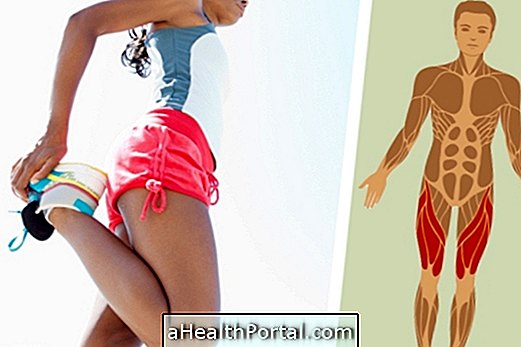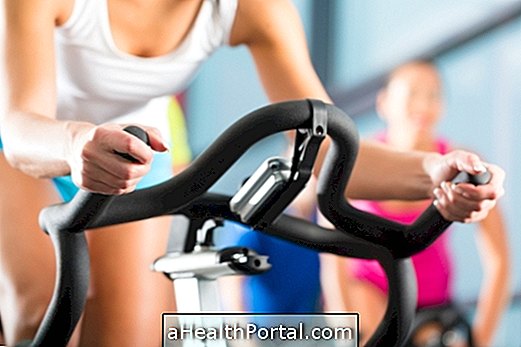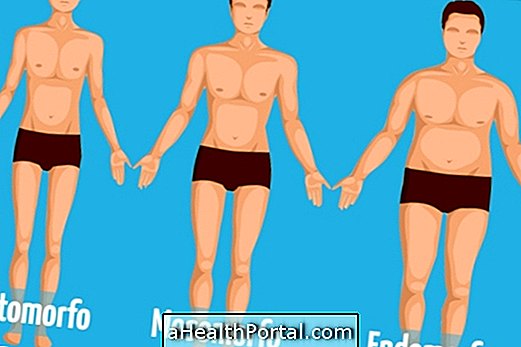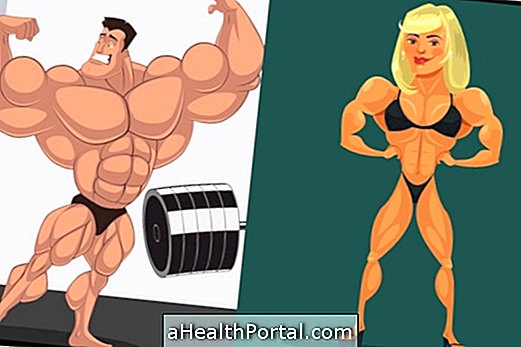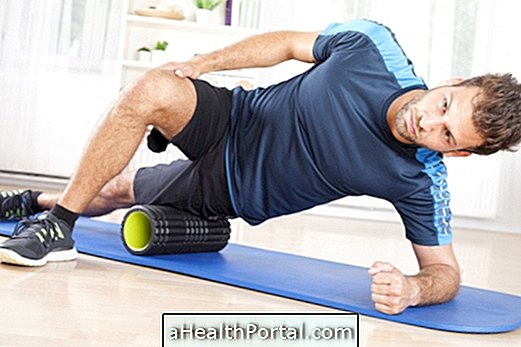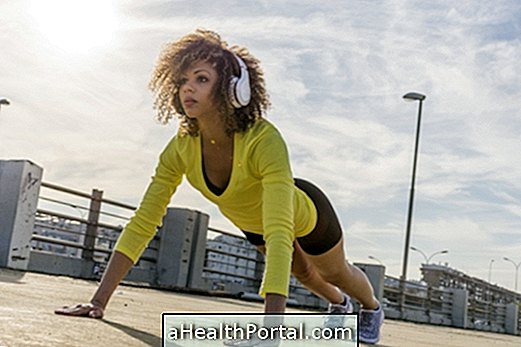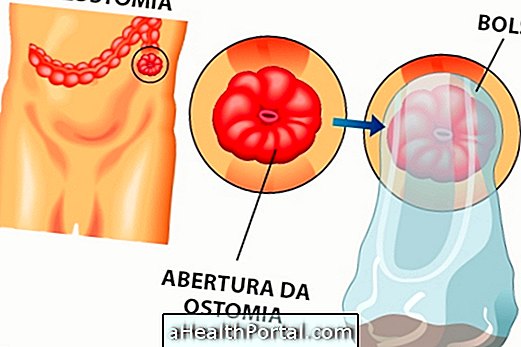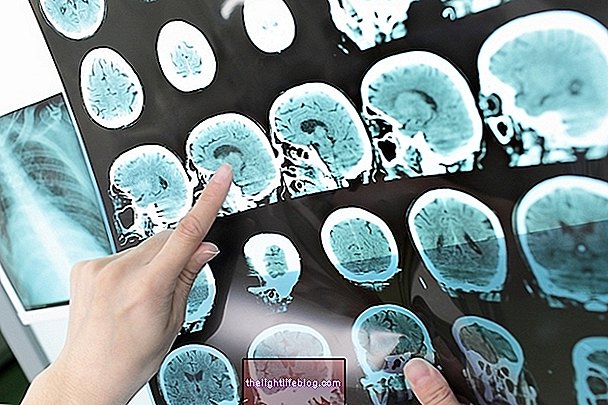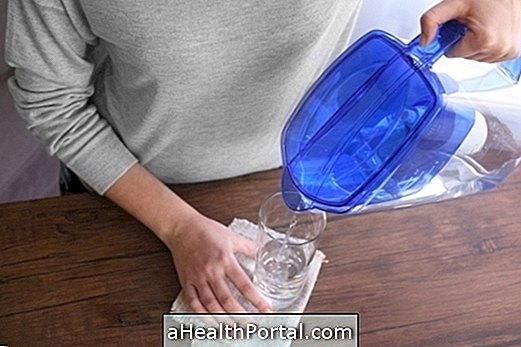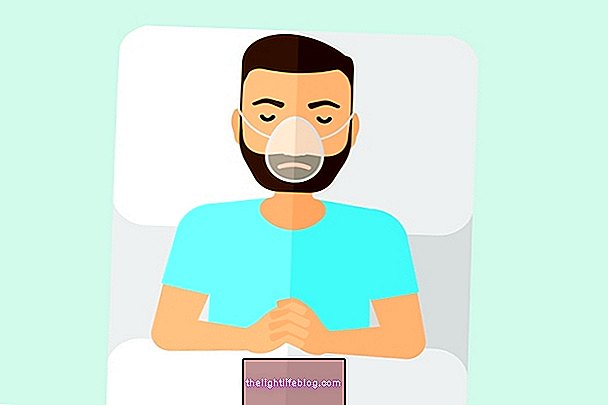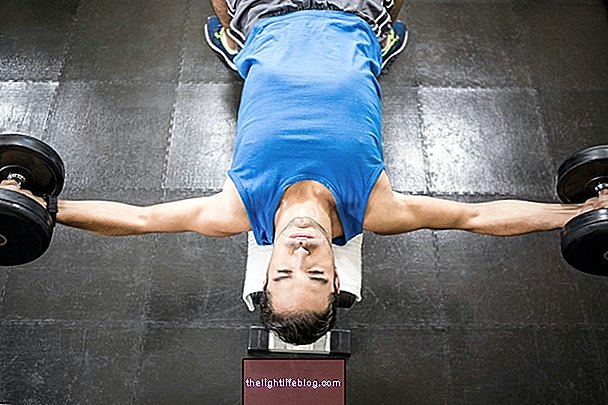Exercises for strengthening or hypertrophy of the lower limbs should be performed respecting the limits of the body itself and preferably under the guidance of a physical education professional to avoid the occurrence of injuries. To achieve hypertrophy the exercises must be done intensively, with progressive increase of the load and following a diet suitable for the purpose. Here's how it goes and how to do a workout for hypertrophy.
In addition to strengthening and hypertrophy, exercises for the lower limbs ensure good results with regard to decreasing sagging and cellulite, as well as improving body balance due to better stabilization of the knee and ankle, for example.
It is important that the exercises are set by a physical education professional according to the purpose and limitations of the person. In addition, to achieve the desired goal, it is important that the person follow a proper diet, which should be recommended by a nutritionist. Here's how to do the diet to gain muscle mass.
Exercises for glutes and posterior thigh
1. Squatting
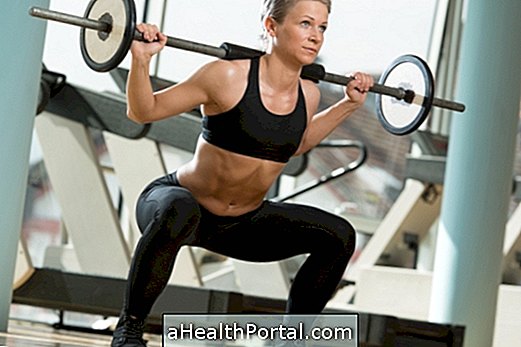
The squat can be done with the weight of the body or with the bar, and it should be done in the gym under the guidance of a professional to avoid possible injuries. You should position the bar in the back, hold the bar with your elbows facing forward and keep your heels fixed on the floor. Then the squatting movement should be performed according to the professional's orientation and at maximum amplitude so that the muscles are worked to the maximum.
The squat is a very complete exercise, as well as working the buttocks and the muscle behind the thigh, also works the quadriceps, which is the muscle of the front of the thigh, abdomen and back. Get to know 6 buttock squatting exercises.
2. I go deep

The bassoon, also called a leg, is a great exercise to exercise not only the gluteus but also the quadriceps. This exercise can be done with your own body weight, with a barbell in the back or holding a halter and consists of taking a step forward and flexing the knee until the thigh of the forward leg is parallel to the floor, but without the knee will exceed the foot line, and repeat the movement according to the professional's recommendation.
After completing the repetitions with one leg, one should make the same movement with the other leg.
3. Stiff

The stiff is an exercise that works the posterior muscles of the leg and the buttocks and can be made holding the bar or dumbbells. The movement of the stiff consists of lowering the load keeping the spine aligned and the legs stretched or slightly flexed. The speed of execution of the movement and the number of repetitions must be established by the professional according to the objective of the person.
4. Land Survey
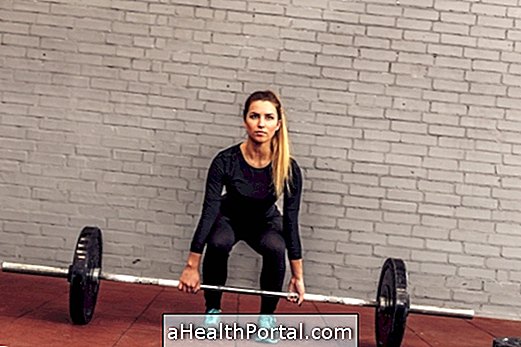
This exercise corresponds unlike the stiff: instead of lowering the load, the ground lifting consists of lifting the load, promoting the work of the posterior musculature of the leg and glutes. To do this exercise, one must position the feet at hip width and crouch to pick up the bar, keeping the spine aligned. Then perform the upward movement until the legs are stretched, avoiding throwing the spine back.
5. Flexor chair

This equipment can be used to aid in the strengthening and hypertrophy of the posterior thigh muscles. To do this, the person should sit in the chair, adjusting the seat so that his spine lies against the seat, support the ankles on the support roller and perform knee flexion movements.
Exercises for the front of the thigh
1. Leg press

Like the squatting, the leg press is a very complete exercise, allowing not only the work of the musculature of the front of the thigh, but also of the back and glutes. The most working muscle during the leg press depends on the angle at which the movement is performed and the position of the feet.
For more emphasis on the quadriceps, the feet should be positioned at the bottom of the platform. It is important that the back is fully supported on the seat, to avoid injury, in addition to performing the pushing and lowering of the platform to the maximum extent, except for people who have posture changes or osteoarticular problems.
2. Extending chair

This equipment allows the quadriceps to work in isolation, and the person must adjust the backrest of the chair so that the knee does not exceed the line of the feet and that the person lies completely in the chair during the movement.
The feet should be positioned under the support roller and the person should make the movement of raising that roller until the leg is fully extended, and must perform this movement according to the recommendation of the physical education professional.
